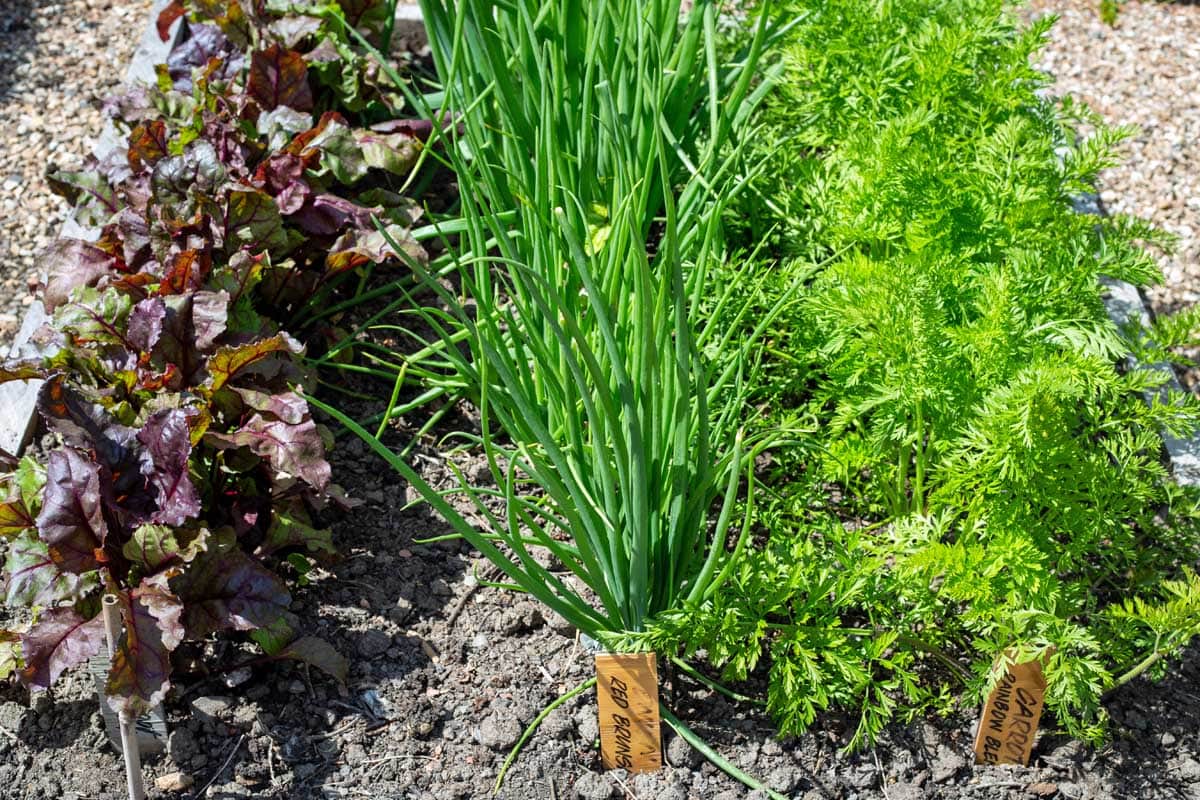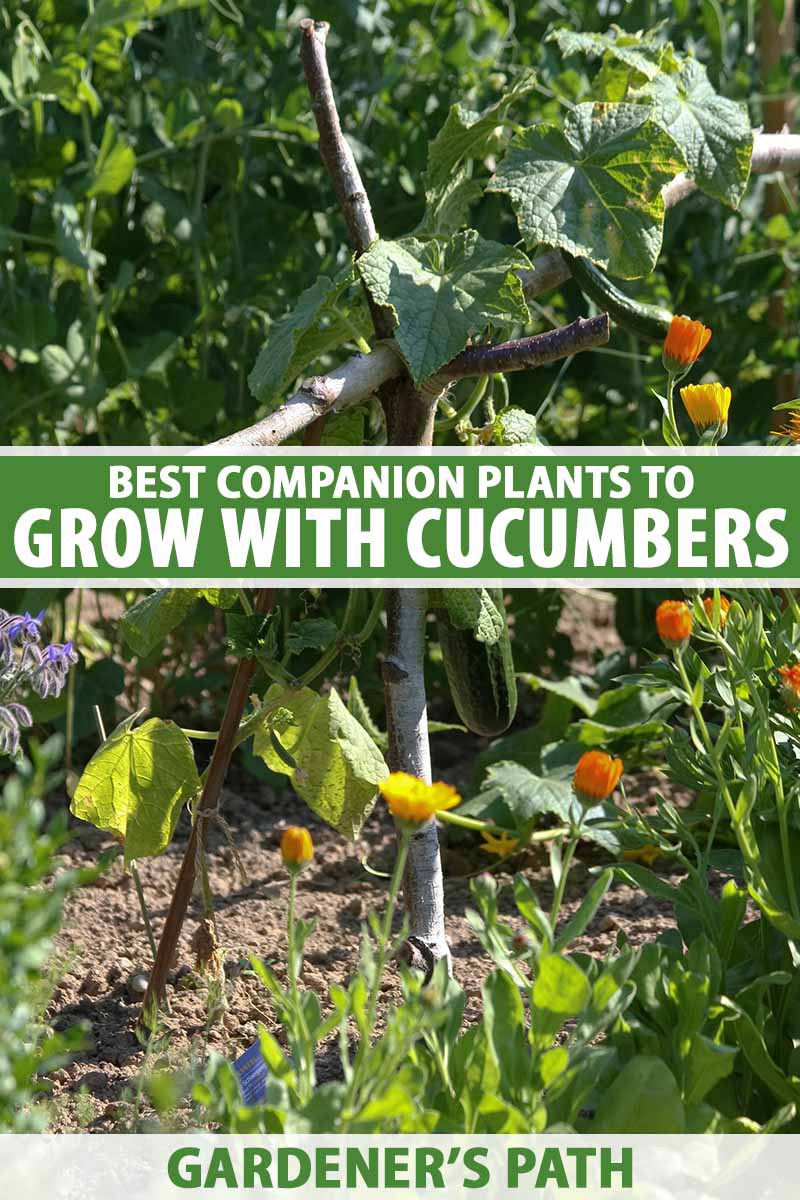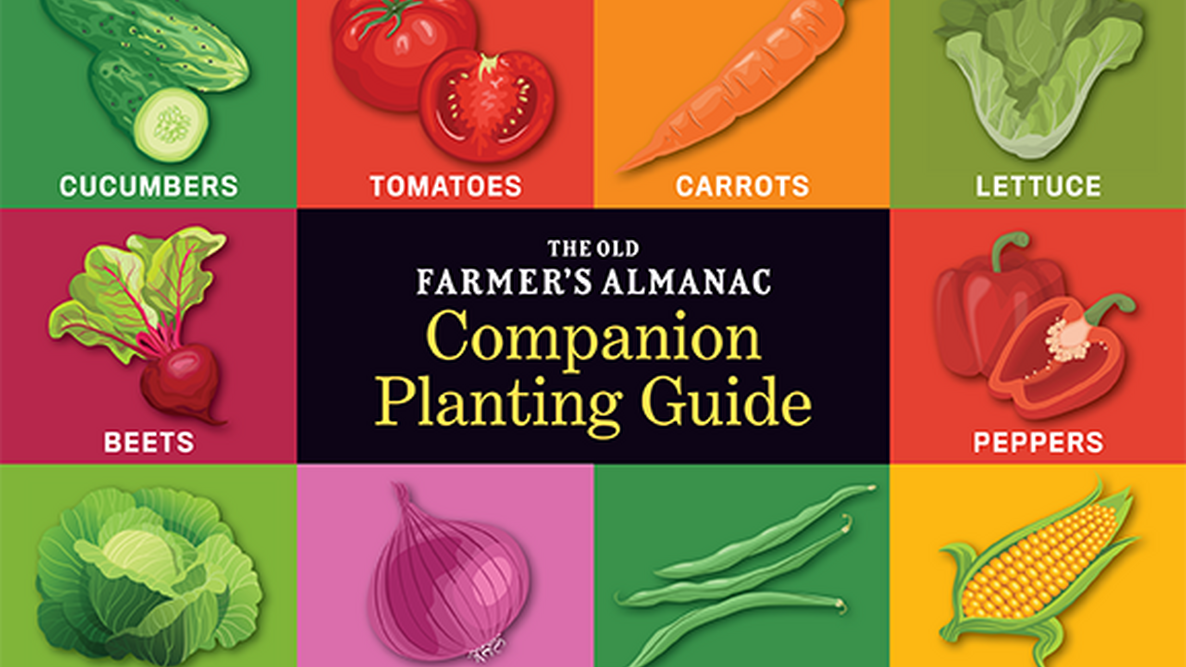The Ultimate Guide To Companion Planting For Vegetables
The Ultimate Guide to Companion Planting for Vegetables
Companion planting is a gardening practice that involves planting certain types of plants together to benefit each other. There are many different benefits to companion planting, including:
- Reduced pest and disease problems: Some plants naturally repel pests or attract beneficial insects that prey on pests. For example, basil repels aphids and tomato hornworms, while marigolds attract ladybugs and other predators of aphids.
- Improved pollination: Some plants attract pollinators, such as bees and butterflies. These pollinators are essential for fruit and vegetable production. For example, tomatoes and peppers are both pollinated by bees.
- Enhanced growth and flavor: Some plants can actually improve the growth and flavor of other plants. For example, carrots grown near onions have a sweeter flavor.
- Improved soil health: Some plants can help to improve the soil by adding nutrients or aeration. For example, beans and peas are nitrogen-fixing plants, which means they can take nitrogen from the air and convert it into a form that other plants can use.
If you're new to companion planting, it can be helpful to start with a few simple combinations. Here are a few of the most popular companion planting combinations:
- Beans and corn: Beans fix nitrogen in the soil, which corn can use. Corn provides shade for the beans, which helps to protect them from pests.
- Carrots and onions: Carrots and onions have different root systems, so they don't compete for resources. Onions also repel carrot fly, a common pest of carrots.
- Cucumbers and melons: Cucumbers and melons need full sun and well-drained soil. They can be planted together because they have similar growing requirements.
- Lettuce and spinach: Lettuce and spinach are both cool-season crops that can be planted together in early spring or fall. They don't compete for resources and can be harvested at different times.
- Peas and tomatoes: Peas and tomatoes can be planted together because they have different growing requirements. Peas need cool weather and full sun, while tomatoes need warm weather and partial shade.
As you get more experienced with companion planting, you can experiment with different combinations and see what works best in your garden. There are many resources available to help you learn more about companion planting, such as books, websites, and gardening magazines.
Here are some additional tips for companion planting:
- Consider the plants' growing requirements: When choosing companion plants, it's important to consider their growing requirements. For example, some plants need full sun, while others prefer partial shade. Some plants need well-drained soil, while others can tolerate wet soil.
- Plant compatible plants together: Some plants are incompatible and should not be planted together. For example, tomatoes and potatoes should not be planted together because they are susceptible to the same diseases.
- Avoid planting competing plants together: Some plants compete for resources, such as water, nutrients, and sunlight. For example, corn and tomatoes are both heavy feeders and should not be planted together.
- Experiment with different combinations: There are many different companion planting combinations that you can try. The best way to find out what works best in your garden is to experiment with different combinations.
Companion planting is a great way to improve the health, productivity, and flavor of your vegetable garden. By following a few simple tips, you can reap the benefits of companion planting and enjoy a bountiful harvest.
Companion planting is a gardening practice that involves planting different types of plants near each other to benefit each other. There are many different companion planting combinations that can be used, and the benefits can vary depending on the plants involved. Some of the most common benefits of companion planting include:
- Increased crop yields
- Reduced pest and disease problems
- Improved soil health
- Attracting beneficial insects
- Creating a more aesthetically pleasing garden
If you're interested in learning more about companion planting, I recommend visiting Gardenia Inspiration. This website has a wealth of information on the topic, including charts and diagrams of different companion planting combinations. You can also find articles on the benefits of companion planting, as well as tips on how to get started.
FAQ of companion vegetables
5 Most Frequently Asked Questions About Companion Vegetables
1. What are companion vegetables?
Companion vegetables are plants that complement one another in terms of growth and production. Some companion plants attract beneficial insects, while others deter pests. Some companion plants improve the soil quality, while others help to shade or support each other.
2. What are some good companion vegetables?
Here are some examples of good companion vegetables:
- Tomatoes and basil: Basil repels certain insect pests such as thrips and also disorientates moths which lay tomato hornworms.
- Carrots and onions: Onions repel carrot flies, while carrots help to suppress the growth of weeds.
- Beans and peas: Beans fix nitrogen in the soil, which benefits peas. Peas provide support for beans to climb.
- Cucumbers and melons: Cucumbers and melons attract beneficial insects such as ladybugs and lacewings.
- Potatoes and tomatoes: Potatoes and tomatoes have different root systems and do not compete for nutrients.
3. How do I know which vegetables are good companions?
There are many resources available to help you find companion plants for your garden. You can find companion planting charts online or in gardening books. You can also talk to experienced gardeners in your area.
4. How do I plant companion vegetables together?
When planting companion vegetables, it is important to consider their size and growth habits. Tall plants should be planted behind shorter plants, so that they do not shade them out. Climbing plants should be planted near a trellis or other support.
5. What are the benefits of companion planting?
There are many benefits to companion planting, including:
- Reduced pest and disease problems: Companion plants can help to repel pests and diseases, which can save you time and money on pest control.
- Increased yields: Companion plants can help to improve pollination and growth, which can lead to larger yields.
- Improved soil quality: Companion plants can help to improve the soil quality by adding nutrients, suppressing weeds, and attracting beneficial insects.
- Visual appeal: Companion planting can add visual interest to your garden by creating a variety of colors, textures, and heights.
Image of companion vegetables
Here are 5 different images of companion vegetables from Pinterest:
- Tomatoes and basil: Tomatoes and basil are a classic companion plant pairing. Basil helps to deter tomato hornworms, and tomatoes provide support for basil plants to climb.
- Carrots and onions: Carrots and onions are another popular companion plant pairing. Onions help to repel carrot fly larvae, and carrots help to deter onion root maggots.

- Cucumbers and beans: Cucumbers and beans are a good companion plant pairing because they have different water needs. Cucumbers need more water than beans, so planting them together helps to ensure that both plants get the moisture they need.

- Potatoes and cabbage: Potatoes and cabbage are a good companion plant pairing because they help to deter each other's pests. Potatoes deter cabbage moths, and cabbage deter potato beetles.

- Peas and lettuce: Peas and lettuce are a good companion plant pairing because they help to improve each other's growth. Peas fix nitrogen in the soil, which benefits lettuce plants. Lettuce shades the soil around pea plants, which helps to keep the soil cool and moist.

Post a Comment for "The Ultimate Guide To Companion Planting For Vegetables"